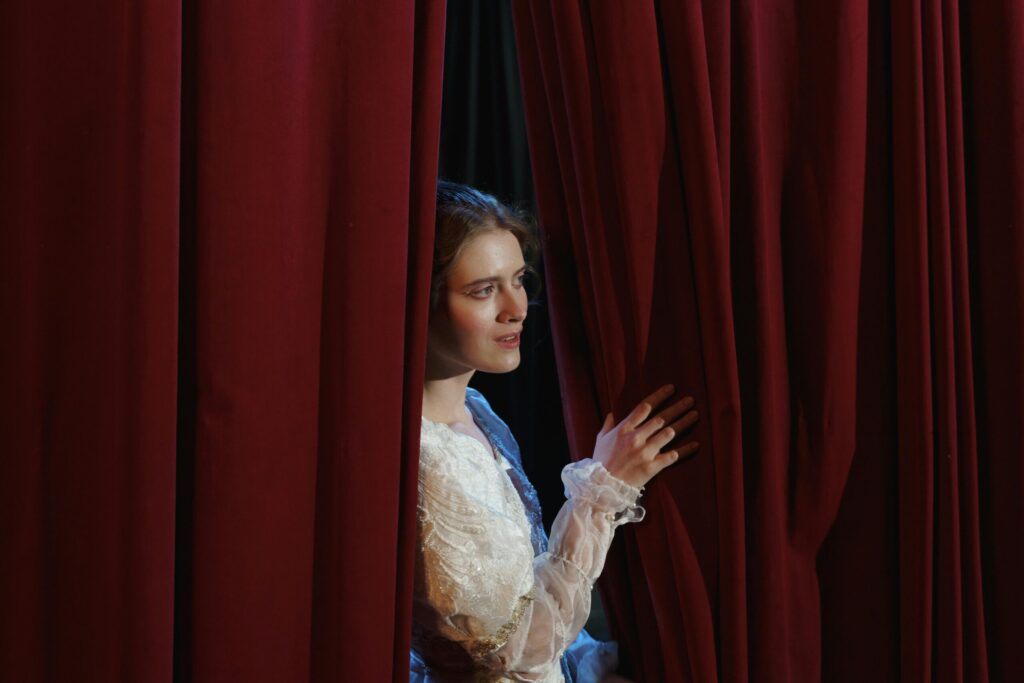In the fast-paced world of theater, where every second is carefully choreographed, the idea of delaying a show, even by a few minutes, might seem counterintuitive. Yet on Broadway, an unspoken but widely respected tradition lives on: the “courtesy five.” It’s a short, informal grace period of five minutes after the scheduled curtain time, observed to accommodate latecomers. While not universal, the courtesy five is a common practice that reflects the heart and humanity at the core of live performance.
But what exactly is the courtesy five, and why does it matter in today’s era of digital precision and punctuality? Let’s break down this quietly powerful tradition and explore why it still holds value, both culturally and practically, in the Broadway experience.
What Is the Broadway Courtesy Five?
The “courtesy five” refers to a five-minute delay after the listed curtain time during which the house lights remain up, and the performance does not begin. It’s not printed in the program or advertised on posters. Rather, it’s a gesture—a moment of grace for audiences navigating everything from subway delays to long bathroom lines.

Though not a hard-and-fast rule, most Broadway theaters honor it. If a show is scheduled to start at 8:00 p.m., seasoned theatregoers know it’s not unusual for the first cue to be called closer to 8:05. Ushers, front-of-house staff, and stage managers are often aligned in this shared understanding, giving latecomers just enough time to slip into their seats without disrupting the production.
A Tradition Rooted in Empathy
The courtesy five exists because theater is, above all, a human experience. In a world where patrons invest significant time and money for an evening out—often including transportation, dinner, and childcare—a few unexpected minutes of leeway can be the difference between a memorable night and a disappointing miss.
Broadway shows rely on the energy of the audience as much as the audience relies on the performance for escape, inspiration, or emotional release. The courtesy five acknowledges the effort it takes to show up and the reality that life doesn’t always run on a Broadway schedule. It is a nod to grace, patience, and inclusivity—a rare and refreshing thing in a city that famously never waits.
Protecting the Integrity of the Performance
From a production standpoint, the courtesy five also helps protect the integrity of the show. There’s nothing worse than a distracted house—people rushing to their seats, blocking views, or fumbling with jackets—as the first poignant lines of a musical or play begin. Those early moments set the tone, establish the world of the story, and draw the audience into the performance. Starting the show after the courtesy five ensures fewer interruptions and a more immersive experience for everyone.
For performers, the delay also allows time to assess the energy of the room, adjust their own tempo, and feel out the audience before diving into the rhythm of the show. The magic of live theater isn’t just about lines and lighting—it’s about timing, chemistry, and connection. The courtesy five creates a space for that connection to land before the first spotlight hits the stage.
Not a Green Light for Tardiness
While the courtesy five may be merciful, it’s not an excuse for chronic lateness. Seasoned theater fans and New Yorkers alike understand that doors close promptly once the grace period ends, and late arrivals after the courtesy five are usually held outside or seated during a designated break in the performance. In this way, the tradition maintains a delicate balance: it’s forgiving, but not indulgent.
And let’s be honest: five minutes can feel like a lifetime when you’re waiting in anticipation for a show to begin. The courtesy five doesn’t serve the latecomers alone; it serves the entire audience. It ensures that the curtain rises at a moment of collective readiness, when the audience has quieted, settled in, and is primed for the transformative experience of live theater.
The Courtesy Five in the Digital Age

In an era where most events run on down-to-the-second precision, from Zoom meetings to airline boardings, the idea of pausing for five unscheduled minutes might seem quaint. But Broadway is one of the few spaces left where the analog world thrives. Audiences turn off their phones, sit in darkened rooms, and share the same air with the artists on stage. It’s a space carved out for presence, attention, and feeling. The courtesy five is part of that ritual—an acknowledgment that theater is not a transaction, but a shared experience.
Interestingly, this small act of patience might be more important than ever. As schedules grow more demanding and our attention spans shrink, that five-minute pause reminds us to breathe, to center ourselves, and to be present. It’s not just a delay—it’s an invitation.
Applause for a Great Broadway Tradition
The courtesy five may not make headlines, but its impact is quietly profound. It reflects the spirit of live performance—gracious, inclusive, and deeply human. Whether you’re racing in from a delayed subway or already in your seat buzzing with anticipation, those extra five minutes are a gift. They hold space for the chaos of real life while honoring the communal promise of the theater.
So the next time you find yourself waiting for the curtain to rise just a little later than expected, don’t check your watch. Take a breath. Soak in the moment. And remember: the courtesy five isn’t a delay—it’s an overture to the magic ahead.
